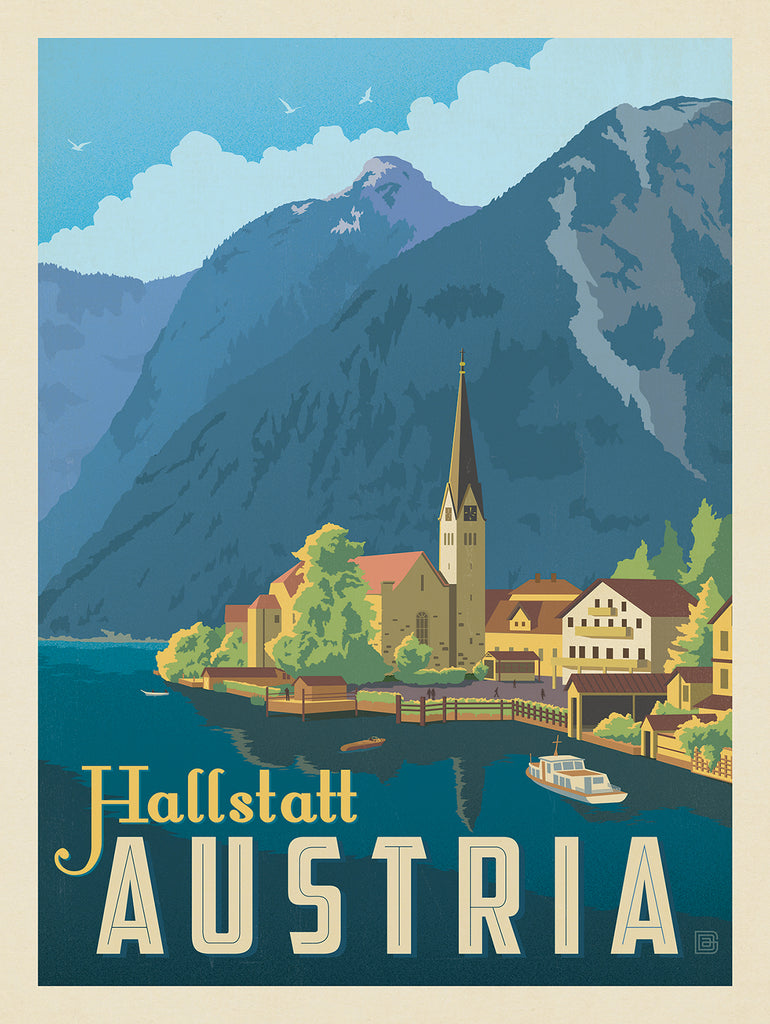A Salty September in Hallstatt (by Mike Baker)
September is a perfect time to visit Europe. School-age children are back at their books, the number of summer tour buses has dwindled, and the high season for European vacations has officially ended.
Featuring serenity, salt, Celts, and cattle, Hallstatt is one of Europe's most charming and historically significant villages. What was once an important hub town for salt production is now a picturesque Alpine getaway and a premier destination for European archaeologists. Hallstatt's salty sediment has preserved a vast collection of artifacts from the Iron Age (about 2,800 years ago), causing this waterfront beauty to be named a UNESCO World Heritage site in 1997.

Hallstatt is a perfect model of an Alpine lake town. Nestled beside the lovely Hallstätter See (or Lake), the cluster of quaint buildings rises up the slopes of the Dachstein massif to the west and south.
Salt mining has always been a part of Hallstatt's history, which dates back to the Neolithic period. Above the village, accessed via a funicular, lies a prehistoric salt mine and cemetery nestled into a narrow valley.
Discovered in 1846, the cemetery contains nearly 1,000 graves and 20,000 preserved artifacts —notably iron swords and daggers – representing the transition from Europe's Bronze Age into the Iron Age. Known as the Hallstatt Culture, this period between 800-600 B.C. is regarded as the origin of the Celtic people, who eventually settled—and whose language still exists today—in modern Ireland.
Halstatt's early inhabitants enjoyed a high standard of living – salt brought wealth! Along with riches, the region's brackish soil also provided an excellent preservative of archeological evidence for future generations to uncover. Wood, textiles, fur, articles of leather, even the remains of prehistoric cuisine have all been found here. Ritschert (a stew of barley, millet, broad beans, and pork) once enjoyed by famished salt miners in the Eastern Alps can still be sampled in local restaurants.
Today, many of the artifacts and the meticulous watercolor drawings of the burials – known as "Ramsaeur's Protokoll" -- can be viewed at the Hallstatt Museum, one of the main reasons Hallstatt bears its UNESCO World Heritage site status.
Each September in the alpine pastures surrounding Hallstatt, local farmers drive their cattle down from the alms — pronounced “I’m” — to lower valleys before the winter arrives. If you are lucky enough to be in the area at this time, witnessing this fall custom is a must-see. Locals don traditional trachten and decorate cows that have produced the most milk in a lavish floral display. Many villages and towns in the area hold festivals to celebrate this ancestral tradition.

← Older Post Newer Post →






